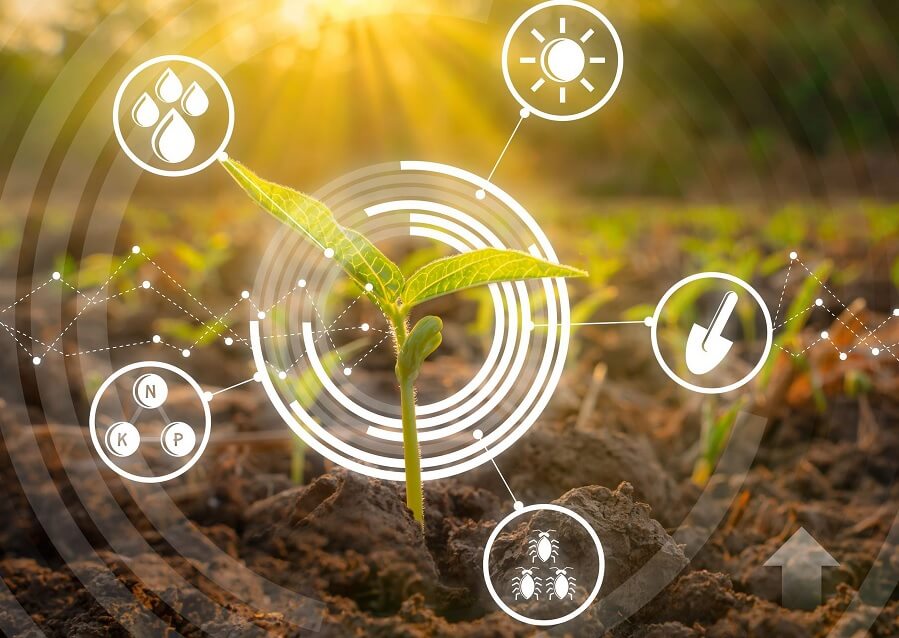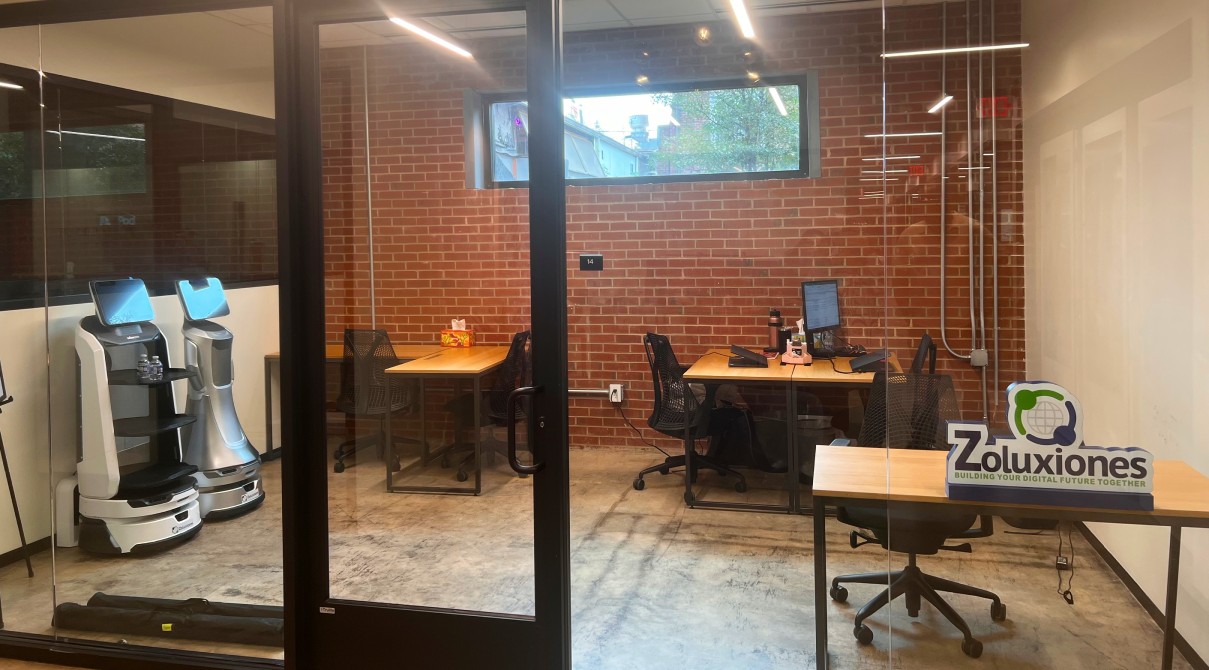This website uses cookies so that we can provide you with the best user experience possible. Cookie information is stored in your browser and performs functions such as recognising you when you return to our website and helping our team to understand which sections of the website you find most interesting and useful.

calendar_month 10 Oct 2023
bookmark Articles
IOT Technology applied to agriculture
The exponential advance of telecommunications, electronics and mechatronics are generating the emergence of emerging disruptive technologies such as robotics, IoT, Virtual Assistants, Artificial Intelligence, among others. All of which impact the way they relate to each other:
- People with people
- People with companies
- Companies with companies
The impact of these emerging technologies is present in all economic sectors, and agriculture is of course no stranger to them; it is now common to hear terms such as agriculture 4.0 or precision agriculture.
But ¿what is precision agriculture or agriculture 4.0? It is a way to improve crop productivity through the use of IoT technology (sensors) and Air Technologies (Drones) which will allow the collection of structured or unstructured data such as videos, photos, text, among others, allowing real-time and proactive decision making on the situation of the crop, whether intensive or extensive.
The implementation and development of IoT and airborne technologies (drones) in the agriculture sector often defines three layers:
1)Sensing layer (data capture or collection): the sensing layer refers to the hardware and software components associated with IoT and drone technology, which groups elements such as sensors, actuators, transceivers, embedded systems, radio frequency technologies and different monitoring elements.
2) Network layer (Transport): The network layer integrates elements that allow the transfer of information coming from certain components of the perception layer and incorporates different communication protocols, which are implemented through telecommunication networks and sensor nodes.
The network layer contains communication network technologies such as: LORA, XBEE, SIGFOX, GPS. And protocols such as: ZIGBEE, WIFI, BLUETOOTH, GSM, 6LOWPAN.
3) Application layer (Implementing data availability and intelligence generation): The layer is referred to as the implementation of IoT developments through expert systems or involving intelligent algorithms for decision making about crops.
Finally, the benefits that can be obtained from the use of such technologies in agriculture are mainly:
- Increased crop productivity
- Generates efficiencies in crop management.
- Improves the decision-making process by having consolidated real-time information and crop status alerts.
- Reduced impact on the environment
- Reduces the use of chemicals
- Reduces costs
- Enables specialized remote support
- Low initial investment
Latest Post
-

3 Jun 2025
Implementing AI solutions: Best practices for 2025
-

12 Dec 2024
Zoluxiones Shines at the Latin American Chamber of Commerce Charlotte’s “Golden Era” Gala
-

6 Nov 2024
Zoluxiones Expands Its Horizons: We’ve Opened Our New Office in Charlotte!
-

4 Oct 2024
From Peru to Charlotte: Zoluxiones sets sights on International Growth and Innovation
-

9 Feb 2024
The AI revolution in Customer Service and sales optimization

